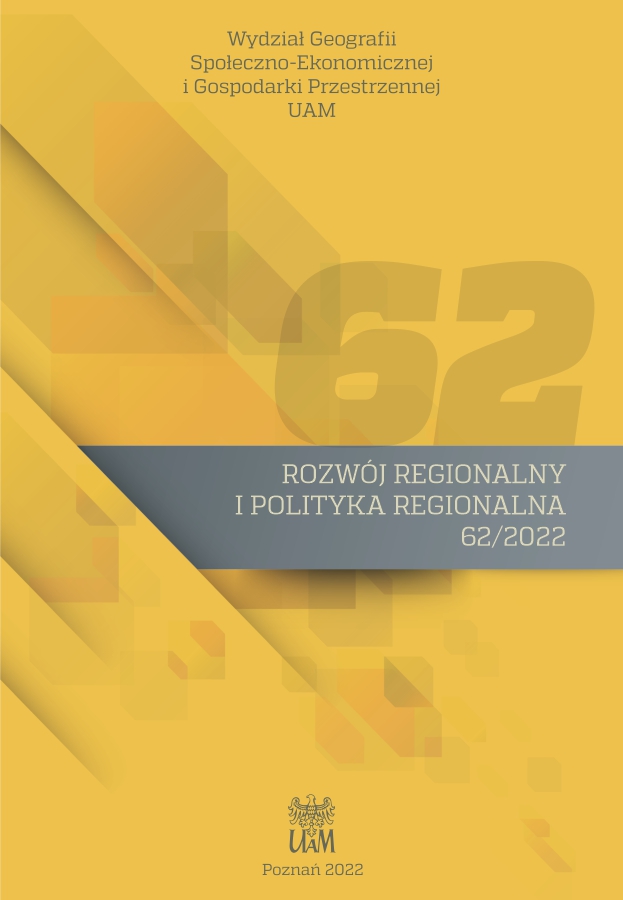Struktura terenów zieleni i wód przed i po transformacji ustrojowej. Poznań jako studium przypadku
Greenery and water structure before and after political system transformation. A Poznań city case study
Author(s): Marta SzejnfeldSubject(s): Economy, Socio-Economic Research
Published by: Uniwersytet Adama Mickiewicza
Keywords: greenery and water structure; political transformation; city resilience; urban development; model of the city
Summary/Abstract: The greenery and water structure, in the form of wedges cutting into the city, is a characteristic and unique element of Poznań’s urban model. Already before the Second World War, it became the matrix setting the framework for spatial and natural connections within and around the city. These areas were originally clearly demarcated and formed an organic network that permeated the built-up areas. It was this local network of linkages that was to have the greatest impact on the quality of urban living, climate improvement, biodiversity and the functional and spatial structure of the city.In the idea of the socialist city, ensuring access to green spaces for the masses, was one of the essential policy elements of the time. However, over time, in the various models of the city proposed by successive planners, these interconnections began to disappear and the individual bands were narrowed and sometimes discontinued altogether.This study aims to verify the urban planning models of the city of Poznań against the original idea of a wedgering system of greenery and water areas, before and after the political transformation in 1989.How does this original structure function today and how have the socio-economic changes that followed the fall of communism affect the greenery and water solutions proposed in the new city model?A comparative analysis of changes in green and water structure in the different spatial models of the city of Poznań, before and after the political transformation, makes it possible to observe the pace and directions of these changes. The analysis was based on the findings of the then-current master plans and on the studies of spatial development conditions and directions, which are an expression of the city’s spatial policy. It can be used to verify the assumptions made or even to change the current model of the city.
Journal: Rozwój Regionalny i Polityka Regionalna
- Issue Year: 2022
- Issue No: 62
- Page Range: 343-359
- Page Count: 17
- Language: Polish

